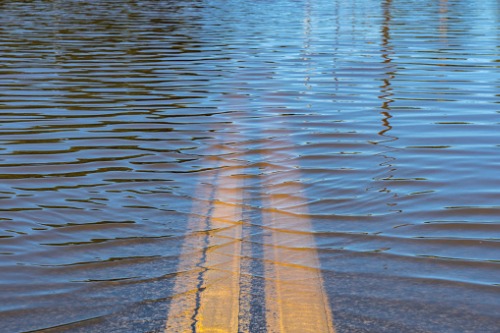

A report tabled at Calgary city council has revealed that climate-related disasters comprise the majority of the city’s top risks.
Prepared by the Calgary Emergency Management Agency (CEMA), the “Status of Emergency Preparedness in Calgary” report identified a total of 16 high risks for the city – of the 16, eight are climate-related.
"Climate events are getting more and more frequent, and they're getting more and more severe," said CEMA chief Sue Henry.
The 16 highest-risk emergencies in Calgary, as identified by the report, are:
|
Natural |
Technological |
Human-induced |
|---|---|---|
|
Blizzard |
Critical infrastructure failure |
Civil disobedience* |
|
Extreme cold |
Dam breach (Bow River) |
Mass casualty attack |
|
Flood (Bow River) |
Dam breach (Elbow River)* |
Hostage incident |
|
Flood (Elbow River) |
Rail incident |
|
|
Heavy rainfall |
|
|
|
Hydrological drought |
|
|
|
Pandemic* |
|
|
|
Tornado |
|
|
|
Winter storm |
|
|
*New risks in 2022
Henry also told the committee that Calgary remains a “disaster hot spot” and will need to continue working with federal officials from Environment and Climate Change Canada.
"It's about the increase in probability of something happening, the increase in frequency we're seeing around the world about things happening, and the potential impact that that may have on services," the chief said.
Citing the report, CBC News also reported that last year, there were 44 days in Calgary that fell within the city’s guidelines for extreme heat or extreme cold, on top of heavy rain and hailstorm events.
The risks of severe weather continue to become more expensive to insure over time. A report from Insurance Business Canada noted that 2022 was the third worst year for insured losses in Canadian history, with $3.1 billion in insured damage.
